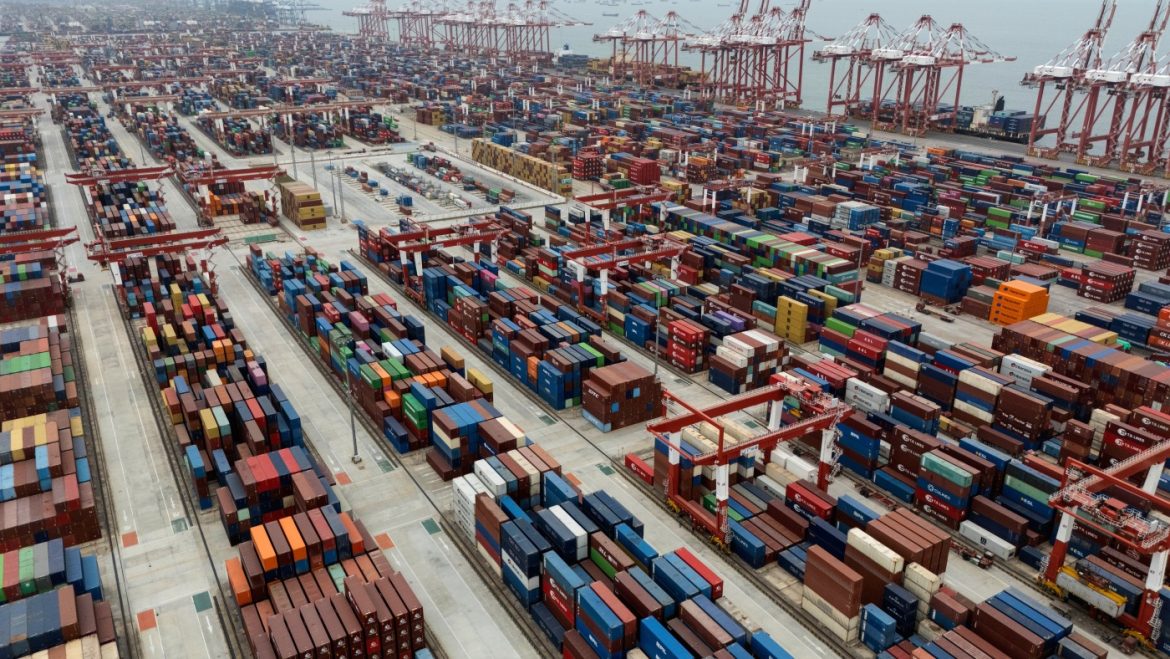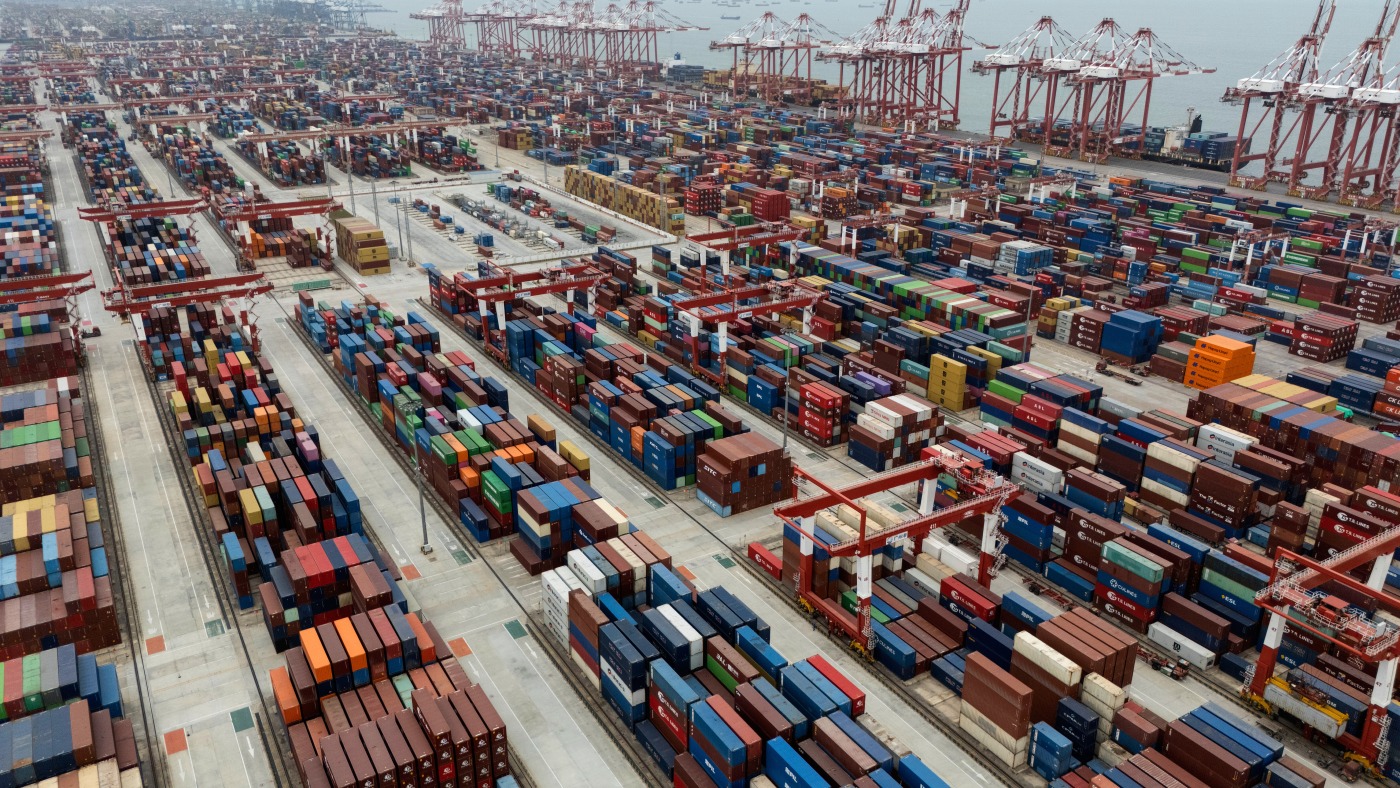Navigating Uncertainty: The Impact of the 90-Day Pause on U.S. Tariffs for Chinese Factories
The recent announcement of a 90-day pause on triple-digit U.S. tariffs imposed on Chinese goods has stirred a complex wave of reactions among exporters and importers. While the suspension might seem like a relief at first glance, it has paradoxically cultivated a pervasive atmosphere of uncertainty for Chinese factories and their international partners. Analyzing this situation reveals deeper insights into the intertwined dynamics of global trade, manufacturing stability, and strategic economic planning.
—
The Context: What Does the Tariff Pause Entail?
For several years, tariffs on goods between the U.S. and China have served as both a tool of negotiation and a point of tension. These taxes, often reaching triple digits for certain categories, directly affect the cost structure of exports and imports, reshaping supply chains and profit margins. The 90-day pause temporarily lifts these steep tariffs, ostensibly offering a breathing space for both sides to negotiate more permanent trade arrangements.
However, this temporary reprieve is precisely what intensifies uncertainty. Unlike a permanent policy change, a short-term suspension does not guarantee stability or predictability for Chinese manufacturers or their American counterparts.
—
Factory Owners Caught in Strategic Limbo
Chinese factory owners largely operate in a highly competitive and globally integrated market where long-term planning is essential. The suspension, while easing immediate tariff burdens, has not resolved the fundamental unpredictability they face.
– Investment Hesitation: With no clarity on the tariff situation beyond 90 days, decisions about capital investments, workforce scaling, or new production lines become riskier. Businesses hesitate to commit significant resources before the terrain stabilizes.
– Pricing Challenges: Exporters face difficulties in setting prices. They cannot confidently forecast costs or market demand given that tariff reinstatement is a looming possibility. This hinders their ability to negotiate effectively with buyers.
– Supply Chain Disruptions: Many factories rely on a delicate network of suppliers and logistics partners spanning different regions. The temporary tariff pause does not mitigate risks associated with sudden cost increases should tariffs return, making supply chain management more volatile.
—
The High State of Uncertainty Among Exporters and Importers
Both exporters in China and importers abroad are sobered by this situation. The pause introduces a stopgap measure rather than a solution, leading to several operational and strategic dilemmas:
– Contract Ambiguity: Trading agreements traditionally depend on stable fiscal conditions. Contracts that hinge on tariff conditions risk renegotiation or cancellation, impacting revenue forecasts and trust between parties.
– Market Confidence Wavering: Stakeholders on both sides weigh the potential economic implications. Investors may withdraw or withhold funding, cautious about volatile policy environments and their impact on profit margins.
– Competitiveness Questioned: American companies sourcing from China find themselves in limbo as they assess whether to continue relying on Chinese suppliers, seek alternatives elsewhere, or absorb cost fluctuations without passing them on to consumers.
—
Broader Implications for Global Trade Relations
This tariff pause, seemingly a diplomatic olive branch, underscores broader systemic challenges in China-U.S. trade relations. The oscillation between aggression and patience in tariff policy reflects strategic jockeying with global economic consequences.
– Trade Negotiation Leverage: The temporary nature of the suspension keeps leverage on the negotiating table, signaling that neither side fully intends to cede advantage quickly.
– Economic Ripple Effects: Extended uncertainty can stifle innovation and slow growth not only for the factories directly impacted but also for industries downstream in the supply chain worldwide.
– Policy Signaling: Observers glean from this pause a nuanced message about the future trajectory of U.S.-China economic interactions—tentative, fraught, and heavily dependent on evolving geopolitical undercurrents.
—
Conclusion: Waiting for Stability in a Turbulent Era
While a 90-day pause on triple-digit tariffs might appear to reduce immediate economic pressures on Chinese factories, it paradoxically amplifies a fragile state of uncertainty for exporters, importers, and broader trade ecosystems. The interim relief doesn’t resolve underlying anxieties about the permanence of trade conditions, investment security, or market stability. For Chinese manufacturers, this pause is less a calm before the storm than a tense lull within it—one demanding flexibility, patience, and strategic foresight. As the countdown to potential tariff reinstatement continues, businesses and policymakers alike prepare for the next phase in a high-stakes economic dance, underscoring the delicate balance that defines contemporary global commerce.


